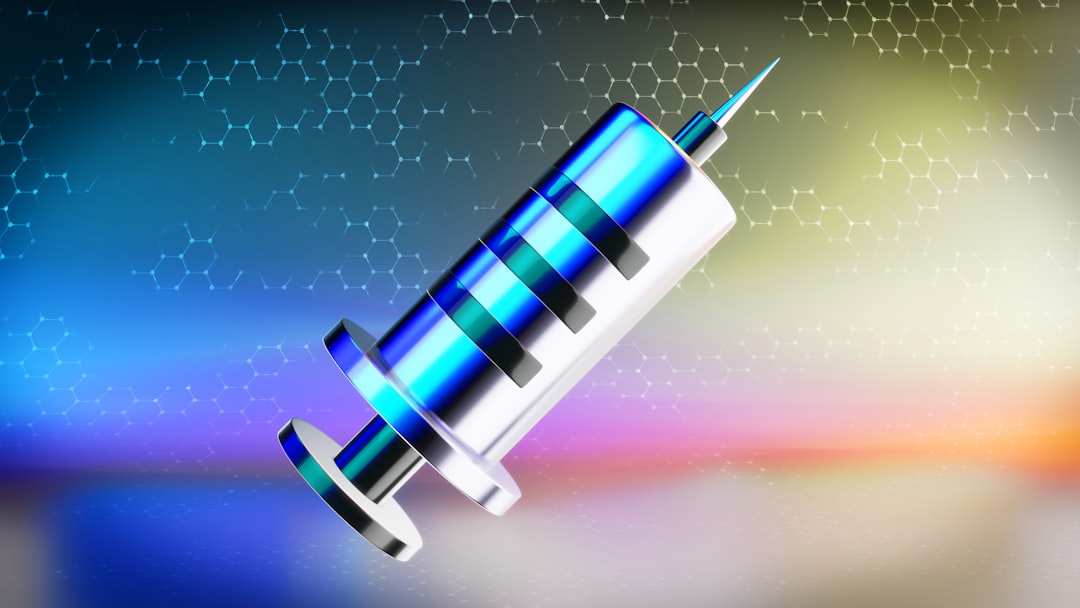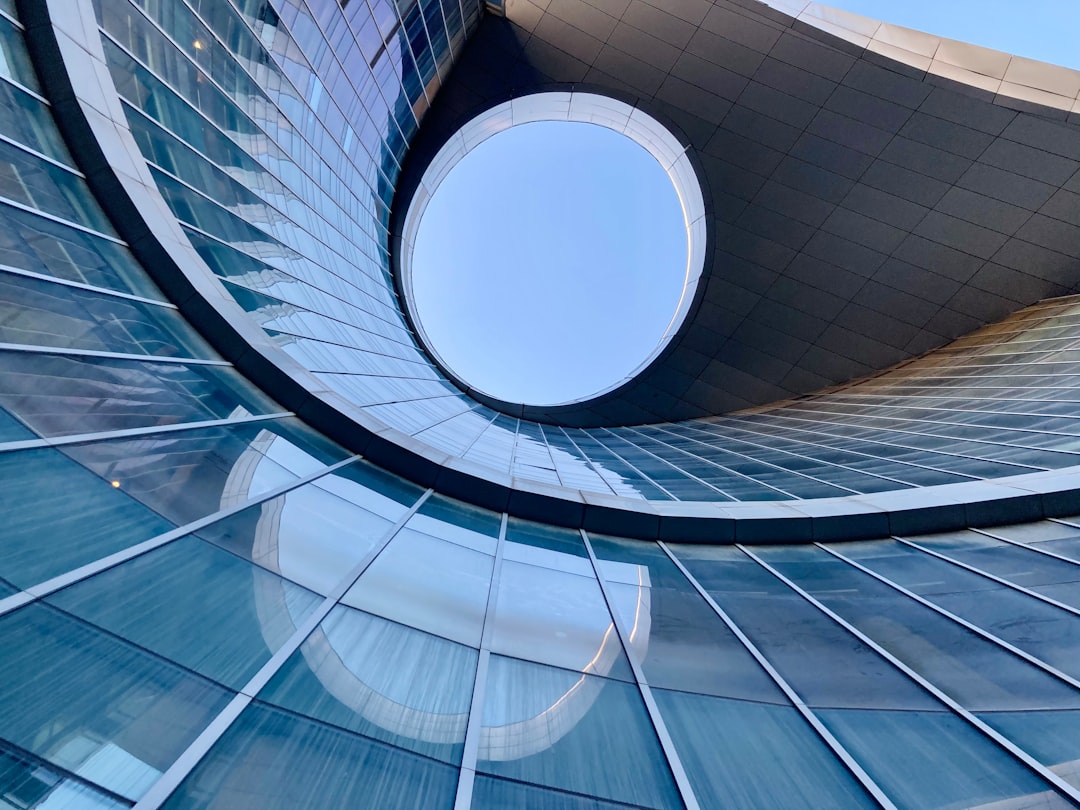What is it about?
Linear friction welding (LFW) is a solid-phase pressure welding process that works by oscillating one workpiece relative to another while under a large compressive force. Because the welding process is complex, there is little understanding of the influence of process parameters—frequency, amplitude, pressure—of LFW on the heat transfer and deformation of weld. For the first time, we identified a visible linear friction welding process window using a thermomechanical computational modelling method. In the visible LFW process window, we proposed optimal linear friction welding process parameters via comparison of weld temperature to the liquidus temperature of Inconel-718 alloy.
Featured Image

Photo by Sandeep Singh on Unsplash
Why is it important?
Our computational modelling results showed a high level of similarity to experimentally determined macrostructure LFW results. Further, we observed strong correlations and trends between FE modelling results (Mises stress and temperature history) and experimentally measured data (hardness and averaged grain size). We conclude that the developed computational model could potentially serve as a design and process optimisation tool to manufacture high-quality IN718 alloy weld joints that exhibit appropriate material microstructure and optimal mechanical properties.
Perspectives
I hope this journal article informs both the industry and academia as well as contributes to the existing body of knowledge on computational modelling of the linear friction welding of nickel-based superalloys. The manufacturing industry needs to design and operate at low-energy cost. Hence, guidelines on numerical simulation are necessary to complement practical experiments on the linear friction welding of high-integrity and critical engineering components that find application in extreme environments.
SAVIOUR OKEKE
Read the Original
This page is a summary of: Thermomechanical modelling for the linear friction welding process of Ni-based superalloy and verification, Proceedings of the Institution of Mechanical Engineers Part L Journal of Materials Design and Applications, January 2020, SAGE Publications,
DOI: 10.1177/1464420719900780.
You can read the full text:
Resources
Contributors
The following have contributed to this page










